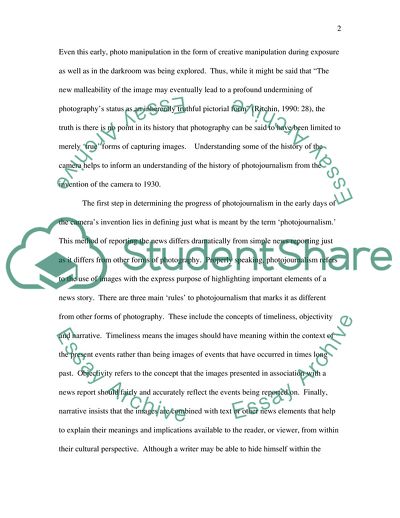Cite this document
(History of Photojournalism Essay Example | Topics and Well Written Essays - 2000 words, n.d.)
History of Photojournalism Essay Example | Topics and Well Written Essays - 2000 words. https://studentshare.org/journalism-communication/1713916-history-of-photography
History of Photojournalism Essay Example | Topics and Well Written Essays - 2000 words. https://studentshare.org/journalism-communication/1713916-history-of-photography
(History of Photojournalism Essay Example | Topics and Well Written Essays - 2000 Words)
History of Photojournalism Essay Example | Topics and Well Written Essays - 2000 Words. https://studentshare.org/journalism-communication/1713916-history-of-photography.
History of Photojournalism Essay Example | Topics and Well Written Essays - 2000 Words. https://studentshare.org/journalism-communication/1713916-history-of-photography.
“History of Photojournalism Essay Example | Topics and Well Written Essays - 2000 Words”. https://studentshare.org/journalism-communication/1713916-history-of-photography.


